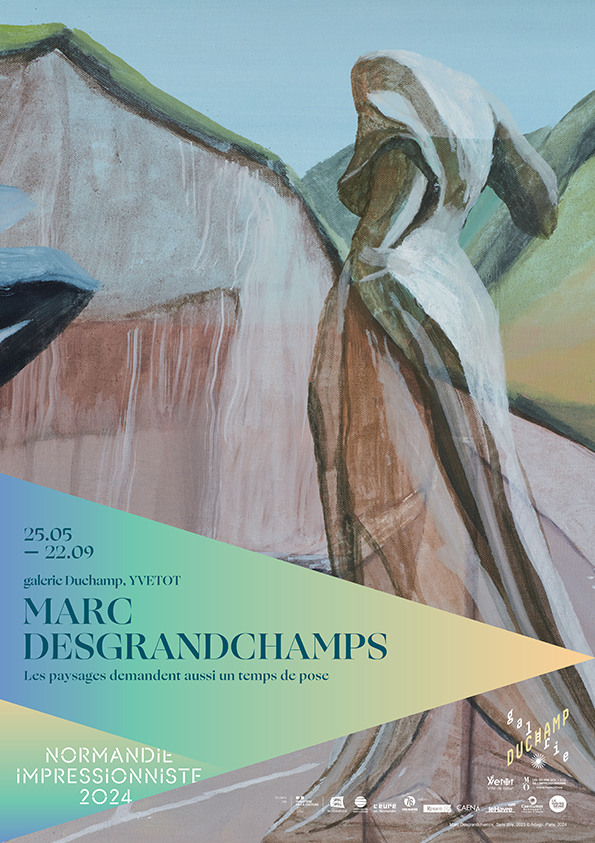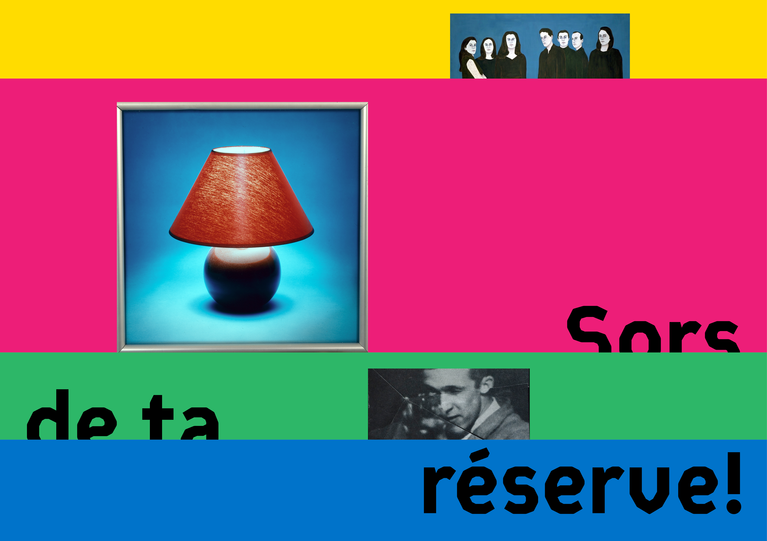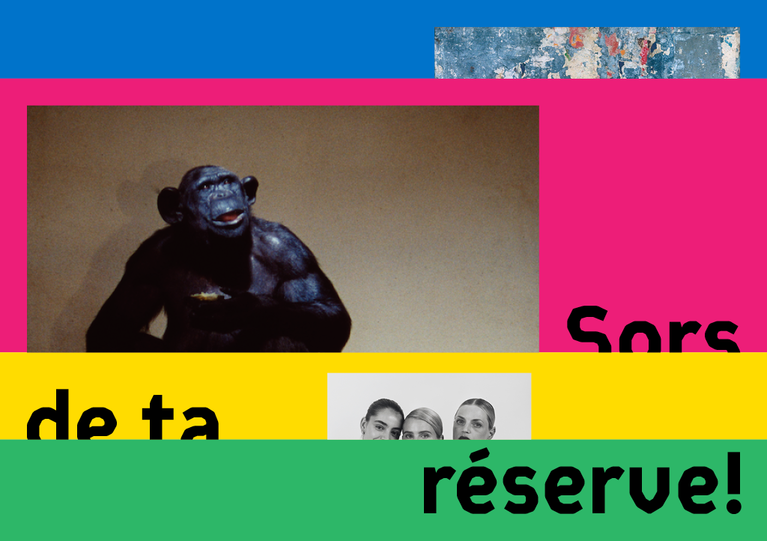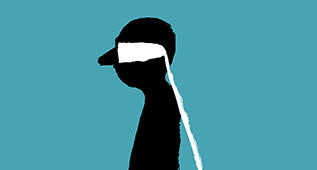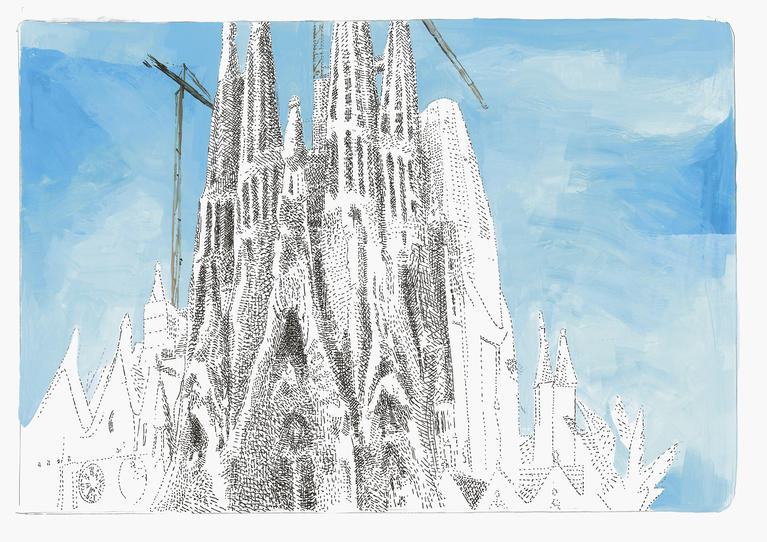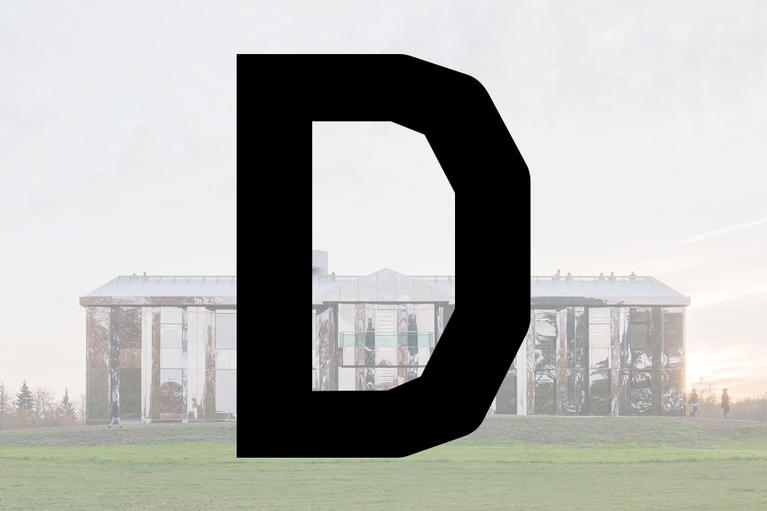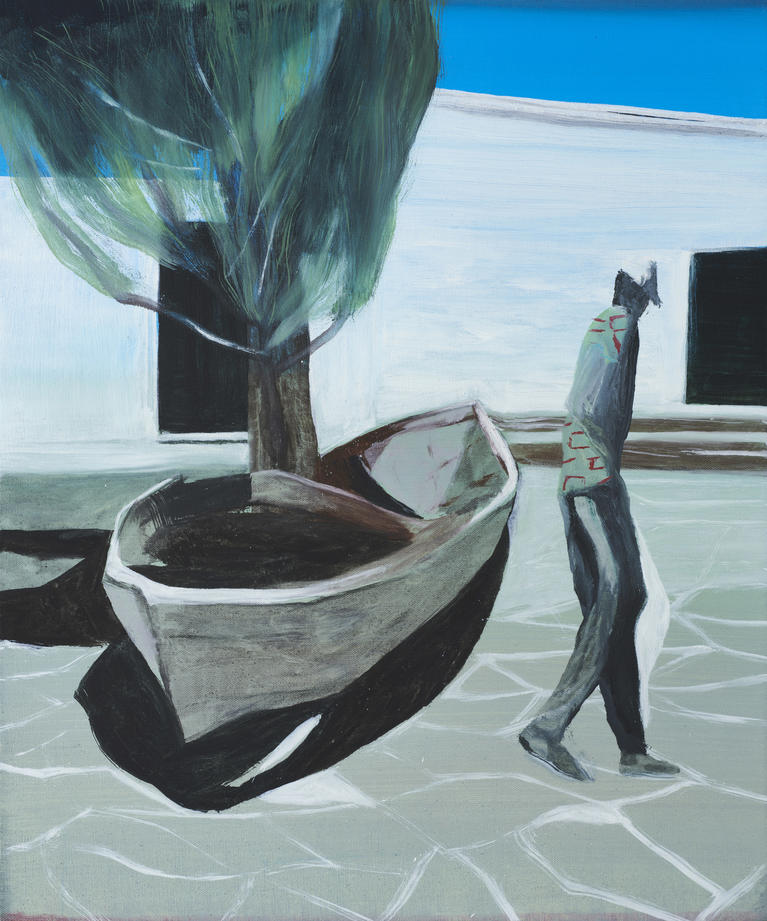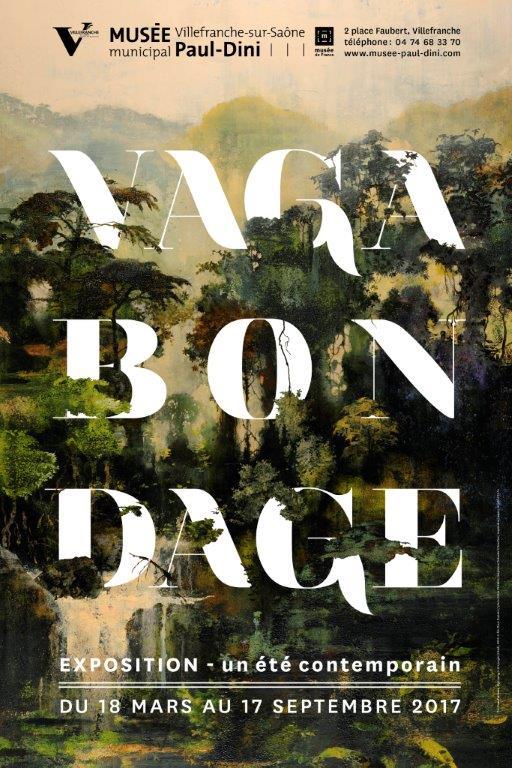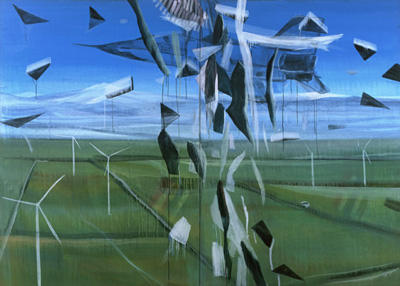Marc DESGRANDCHAMPS

© Marc Desgrandchamps, Sans titre, 2010, photo : Galerie Zürcher, Paris
Marc Desgrandchamps - Né en 1960, vit et travaille à Lyon
Représenté par la Galerie EIGEN+ART, Berlin et la Galerie Lelong, Paris - New-York
« Après une formation aux Beaux-Arts de Paris, Marc Desgrandchamps est devenu l’un des peintres majeurs de la scène artistique française. Son œuvre a constamment cherché à renouveler le vocabulaire de la peinture figurative et à en éprouver les limites tant par son inventivité plastique que par sa manière singulière d’y injecter et brasser histoire de l’art, photographie et cinéma. Il a bénéficié de nombreuses expositions comme au Musée d'art contemporain de Strasbourg (2004), au Musée d'art contemporain de Lyon (2004), au Centre Georges Pompidou (2006), au Musée d’Art Moderne de la Ville de Paris (2011), etc.
Citant Althusser, il décrit son œuvre comme « un processus sans sujet ni fin » comme si, chez lui, rien n’était jamais fixé ou définitivement acquis. Ses premiers travaux, marqués par l’influence de quelques uns des grands peintres du XXe siècle (de la Pittura Metafisica de Giorgio de Chirico à Max Beckmann en passant par Kasimir Malevitch), sont organisés autour des thèmes classiques de la peinture comme le portrait ou la scène à caractère historique. […]
Sa peinture évolue par la suite en faisant place à des thèmes plus sombres, dans des scènes de guerre où sourd une inquiétude nouvelle, témoignage d’une conscience de la précarité de l’existence. […] La culture visuelle de l’époque, la photographie et le cinéma, vient à prendre une place de plus en plus prépondérante dans on œuvre. Il emprunte au vocabulaire du cinéma une esthétique du montage (faux-raccords, fondus enchaînés, travellings) qu’il reconduit parfois un sein d’un même tableau ou à la manière d’une séquence dans des diptyques ou triptyques. Travaillant à partir de sources photographiques, il semble tout autant interroger la question du réalisme en peinture qu’à s’en jouer dans certaines compositions fantasmatiques, voire d’inspiration surréaliste.
Une constante apparaît aussi dans son œuvre et y occupe peu à peu une place centrale, celle d’une figure féminine, souvent magnifiée et monumentale dont l’allure calme et ordinaire occupe ces scènes de plages, avec baigneuses et serviettes au vent, devenues autant de motifs immédiatement identifiables de sa peinture. Sa technique est faite de jeux de coulures et de transparences qui, outre leurs saisissants effets plastiques, rappellent combien sa peinture s’élabore par réminiscences d’images ou de sensations. » […]
Extrait de la notice de Mathieu Loctin pour l’Institut d’art contemporain, Villeurbanne/Rhône-Alpes, avril 2014
_____
Marc Desgrandchamps - Born in 1960, lives and works in Lyon
Represented by Galerie EIGEN+ART, Berlin and Galerie Lelong, Paris - New-York
“After attending the Paris School of Fine Arts, Marc Desgrandschamps has become one of the major painters on the French art scene. His oeuvre has constantly sought to renew the vocabulary of figurative painting and test its limits both through his plastic inventiveness and through his unusual way of injecting and mingling art history, photography and film in it. He has had numerous exhibitions, such as those at the Museum of Contemporary Art in Strasbourg (2004), the Museum of Contemporary Art in Lyon (2004), the Centre Georges Pompidou (2006), the City of Paris Museum of Modern Art (2011), etc.
Quoting Althusser he describes his works as “a process with neither subject nor end”, as if, for him, nothing was ever fixed or definitively acquired. His early works, marked by the influence of some of the great painters of the 20th century (from Giorgio de Chirico’s Pittura Metafisica to Max Beckmann, by way of Kasimir Malevich), were organized around classical themes of paintings such as the portrait and the historical scene. […] His painting subsequently evolved by making room for more somber themes in scenes of war in which a new anxiety wells up, attesting to an awareness of the precariousness of existence. […]
The visual culture of the period, photography and film, occupies an ever more predominant place in his oeuvre. He borrows from the vocabulary of film an aesthetics of editing (false connections, sequenced dissolves, tracking shots) which he sometimes reintroduces within one and the same picture, or in the manner of a sequence in diptychs and triptychs. Working from photographic sources he seems just as much to challenge the issue of realism in painting as to play with it in certain fantastic, not to say surrealistically inspired compositions.
A constant also appears in his oeuvre and gradually occupies a central place in it, that of a female figure, often magnified and monumental, whose calm and ordinary look fills these beach scenes, with bathing women and towels blowing in the wind, which have become immediately identifiable motifs of his painting. His technique consists of interplays of drips and transparencies which, in addition to their striking visual effects, remind us how much his painting is developed through reminiscences of images and sensations.” […]
Excerpt from Mathieu Loctin’s notice for the Institute of Contemporary Art, Villeurbanne/Rhône-Alpes, April 2014. Translated by Simon Pleasance, 2015.
Site internet et réseaux sociaux
Documents d'artistes Auvergne-Rhône-Alpes - Partenariat Centre national des arts plastiques / Réseau documents d'artistes.
